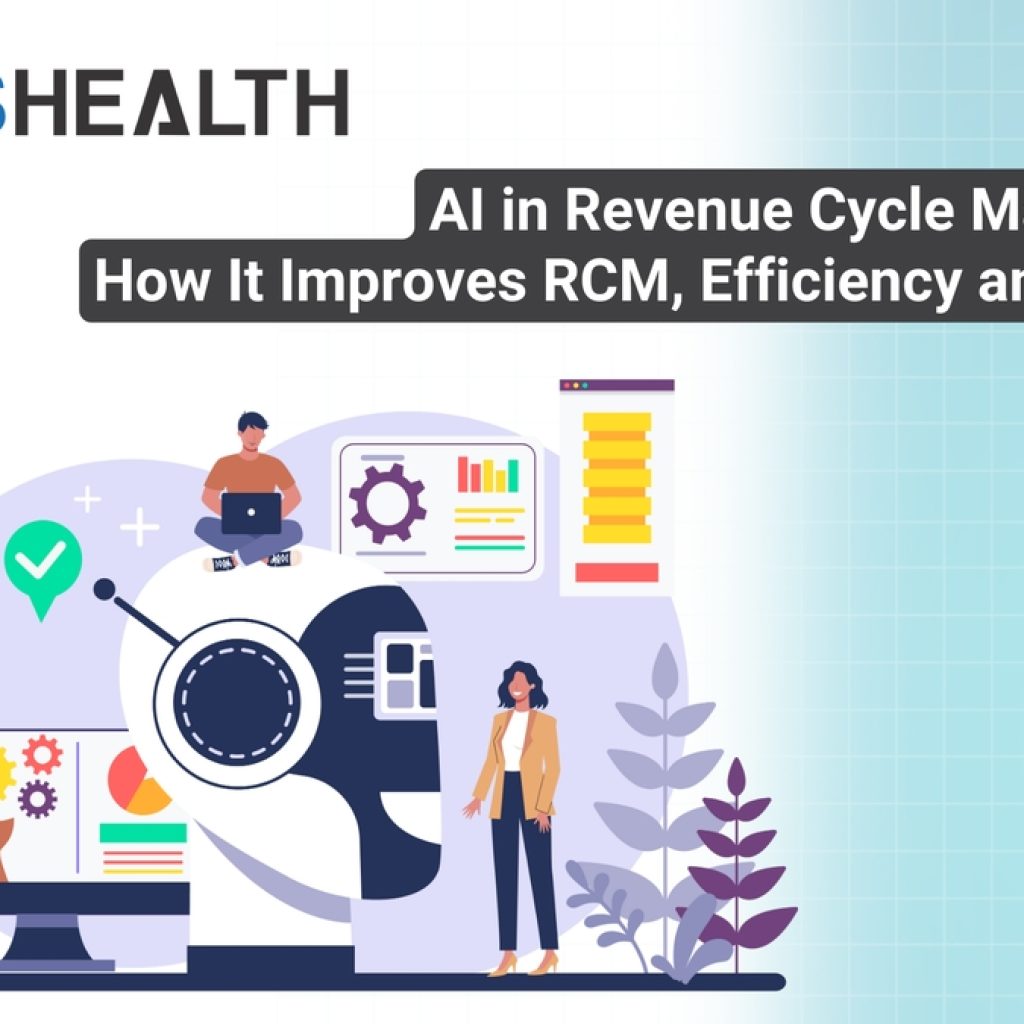In the tumultuous landscape of 2023, marked by the proliferation of AI tools, rising inflation, and job cuts in the tech industry, workplace anxieties soared to unprecedented heights. The interplay of economic uncertainties and the looming threat of artificial intelligence has left workers grappling with unprecedented fears.
As the year draws to a close, insights from over 1,400 professionals shed light on the three predominant anxieties: job fit, wage instability, and workload pressure. Leaders seeking to navigate these challenges in 2024 must heed the voices of their workforce to foster resilience and productivity.
Job role compatibility anxiety
Amidst the myriad challenges of 2023, the foremost concern for employees was the ability to meet the specific demands of their roles. The complexity of tasks and doubts about their competence weighed heavily on many professionals. Lack of autonomy and being coerced into unfamiliar tasks exacerbated the anxiety, leaving workers questioning the enjoyment of their jobs. The call for better support from leaders and colleagues reverberated, emphasizing the need for an open, inclusive culture.
Surprisingly, a significant portion of respondents viewed job fit as a personal responsibility, signaling a shift towards ‘job crafting.’ Collaborative efforts between leaders and teams to tailor roles to individual strengths emerged as a potent strategy, alleviating anxiety by enhancing autonomy and well-being.
Wage instability worries
Wage instability emerged as a significant source of workplace anxiety for one-fifth of employees in 2023. Fears of unemployment and eroding purchasing power haunted workers, intensifying with additional responsibilities and the rising cost of living. As the aftermath of the ‘great resignation’ lingered, the desire for higher salaries remained palpable. Salary benchmarking against market rates emerged as a pragmatic approach for leaders, offering modest increases and enhancing retention.
Transparency in rewards, even when salary increments were not feasible, played a pivotal role in shaping perceptions of fair pay. Employees signaled a willingness to accept alternative benefits, emphasizing the importance of meaningful perks over tokenistic gestures.
Tackling workload pressure
The third major anxiety gripping the workforce in 2023 was the relentless pressure of workloads. Layoffs, poor retention, and inexperienced hires compounded the problem, creating unrealistic expectations. The majority of employees sought relief through workload redistribution, while some proposed streamlining processes to reduce burdens. But, addressing workload pressure proved to be a nuanced challenge.
Traditional solutions, like financial incentives, yielded mixed results. In complex work environments, the emerging concept of paradoxical leadership gained prominence. Balancing control and autonomy, as well as constraint and flexibility, this approach provided a unique solution for skilled teams navigating high-pressure situations. Embracing paradoxical leadership could potentially enhance engagement and empower teams to excel in demanding workloads.
Resolving workplace anxieties beyond 2023
As we bid adieu to 2023, leaders find themselves at the crossroads of addressing prevailing workplace anxieties and propelling their teams towards success in the coming year. The insights gleaned from professionals highlight the significance of job crafting, transparent communication, and embracing paradoxical leadership.
How will leaders harness these strategies to usher in a more resilient and thriving workforce in the dynamic landscape of 2024? The answer to this question may well shape the narrative of the workplace in the coming year.





